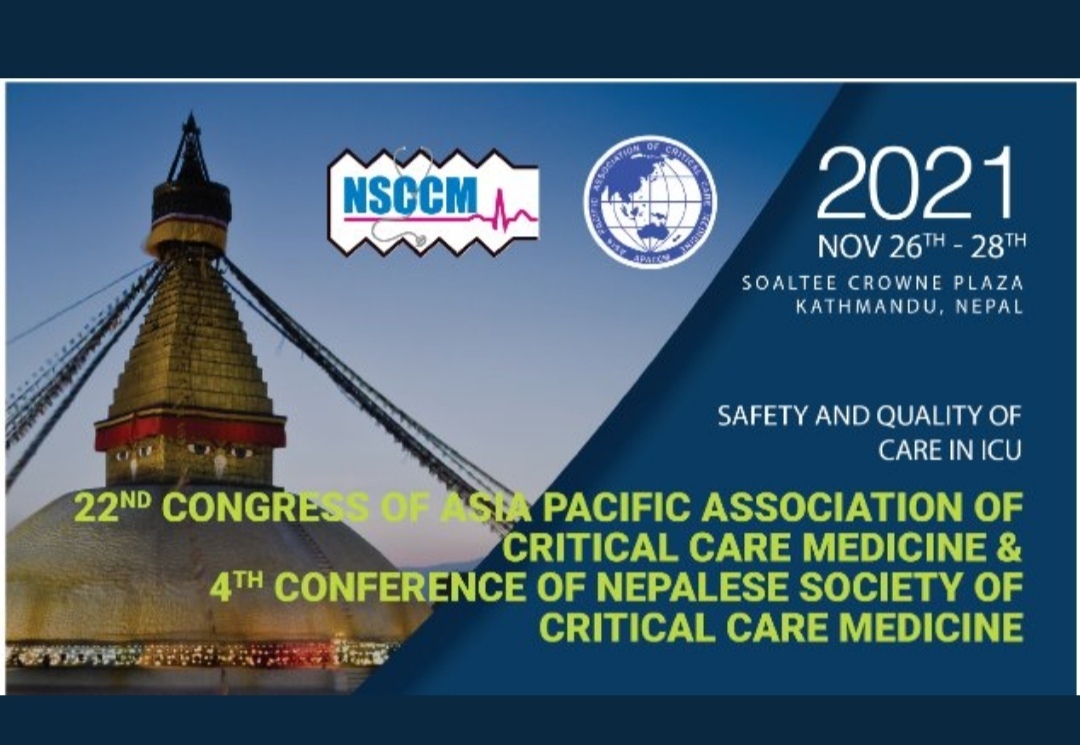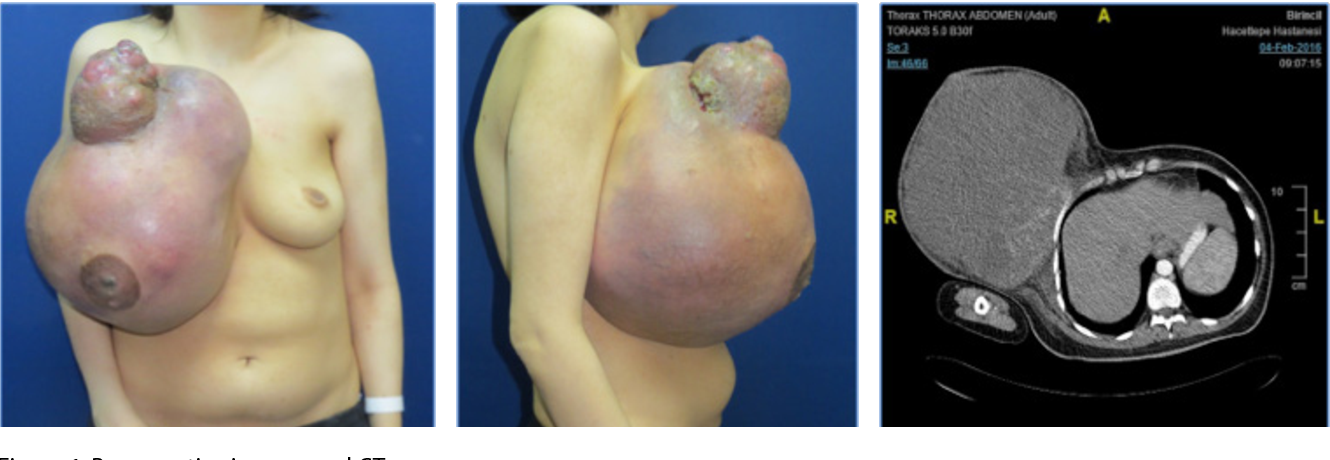What is Torsion Testis?
Testis – Structure and Development
The testes or male gonads are paired oval structures situated within a pouch of skin called scrotum between upper portion of the thighs. Each testis measures approximately 2x3x4 cm, weighs around 40 g in the adult, and is suspended by the spermatic cord inside the scrotum. The testes perform two major functions namely
- Formation of the sperms (spermatogenesis) and
- Secretion of the male hormone testosterone.
During embryogenesis, the testes originate from the posterior abdominal wall behind the peritoneum, and gradually descend into the developing scrotum by the eighth month of fetal life marking their adult position. During its descent, each testis drags its blood supply and nerve supply after it, which then come to be enclosed within the spermatic cord.
Who Can Get Testicular Torsion?
Testicular torsion occurs in two distinct age groups namely:
- Neonatal period
- Peri-pubertal period (i.e. in adolescents aged 12 to 18 years)
Though they may have varying causes and modes of presentation, the outcome is the same, namely, testicular damage and infertility.
Neonatal torsion is fortunately very rare and has its share of controversies regarding its cause, nature of presentation and surgical treatment.
Why Does Testicular Torsion Occur?
Some men are born with an inherited defect called bell-clapper deformity that allows the testes to move freely within the scrotum, thereby increasing the risk of torsion that might occur spontaneously or following trauma.
In the bell clapper deformity, there is abnormal development of the tunica vaginalis (the fold of parietal peritoneum that covers the testis). Normally, the tunica vaginalis is attached to the posterolateral surface of the testis, and restricts its mobility within the scrotum. In the bell clapper deformity, the tunica is attached anteriorly and much higher, allowing the testes to move freely and thus predisposing to torsion.
Not all men with this condition will go on to develop torsion, and it is very rare for both testes to undergo torsion simultaneously. The left side is more commonly affected compared to the right.
What are the Signs and Symptoms of Testicular Torsion?
The presenting features of torsion testis include:
- Sudden, severe discomfort and pain on one side of the scrotum
- Redness and swelling of the scrotum
- Fever
- Absent cremasteric reflex – On stroking the inner surface of the thigh, the testicle on that side normally retracts or draws up. Absence of this reflex is highly suggestive of testicular torsion
- Nausea and vomiting
- Testis on the affected side appears higher and abnormally positioned
- Pain while passing urine






